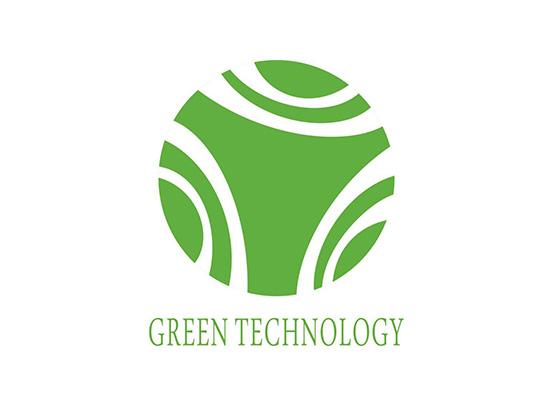|
Nanotechnology, the manipulation of matter on an atomic and molecular scale, has emerged as a revolutionary breakthrough in science and technology. By harnessing the unique properties and behavior of materials at the nanoscale, scientists and engineers have paved the way for groundbreaking advancements across various industries. At its core, nanotechnology involves working with structures and devices that are typically between 1 to 100 nanometers in size. To put this into perspective, a nanometer is one billionth of a meter, or about 100,000 times smaller than the width of a human hair. At such minuscule dimensions, the physical, chemical, and biological properties of materials can dramatically change, leading to exciting possibilities for innovation. One area where nanotechnology has made significant strides is in medicine and healthcare. Nanoparticles can be engineered to selectively target cancer cells, delivering drugs directly to the affected area while minimizing damage to healthy tissues. This targeted approach promises improved treatment outcomes and reduced side effects compared to traditional chemotherapy. Furthermore, nanosensors can be used for early disease detection, offering the potential for more accurate diagnoses and timely interventions. In electronics, nanotechnology has revolutionized the development of smaller, faster, and more efficient devices. Integrated circuits containing nanoscale transistors have increased computing power and enabled the miniaturization of electronic components. This has led to the proliferation of portable devices such as smartphones, tablets, and wearable tech, which have become integral parts of our daily lives. Energy production and storage have also benefited immensely from nanotechnology. Nanomaterials have shown immense potential in enhancing the efficiency of solar cells, making renewable energy sources more viable. Additionally, nanotechnology has contributed to the development of high-capacity batteries, enabling longer-lasting and faster-charging electric vehicles, ultimately reducing our dependence on fossil fuels and mitigating environmental impact. Beyond healthcare, electronics, and energy, nanotechnology has found applications in various other fields. In materials science, nanocomposites exhibit improved strength, durability, and flexibility, leading to the development of lighter and stronger materials for aerospace and construction industries. Environmental remediation can be enhanced through nanomaterials that effectively remove pollutants from air and water. Moreover, nanotechnology has opened up new avenues in agriculture, enabling precise delivery of nutrients and pesticides for optimized crop yield and reduced environmental contamination. While the potential benefits of nanotechnology are immense, it is crucial to address any potential risks associated with its usage. The safety and ethical considerations surrounding nanoparticles and their interactions with living organisms require careful evaluation and regulation. Ongoing research and collaboration between scientists, policymakers, and stakeholders are essential to ensure responsible and sustainable implementation of nanotechnology. nanotechnology holds tremendous promise for transforming numerous sectors and improving our quality of life. Its ability to manipulate matter at the atomic scale opens up a world of possibilities for innovation and advancement. From personalized medicine to renewable energy solutions, nanotechnology is poised to shape the future of science and technology, ushering in a new era of discovery and progress.  |
